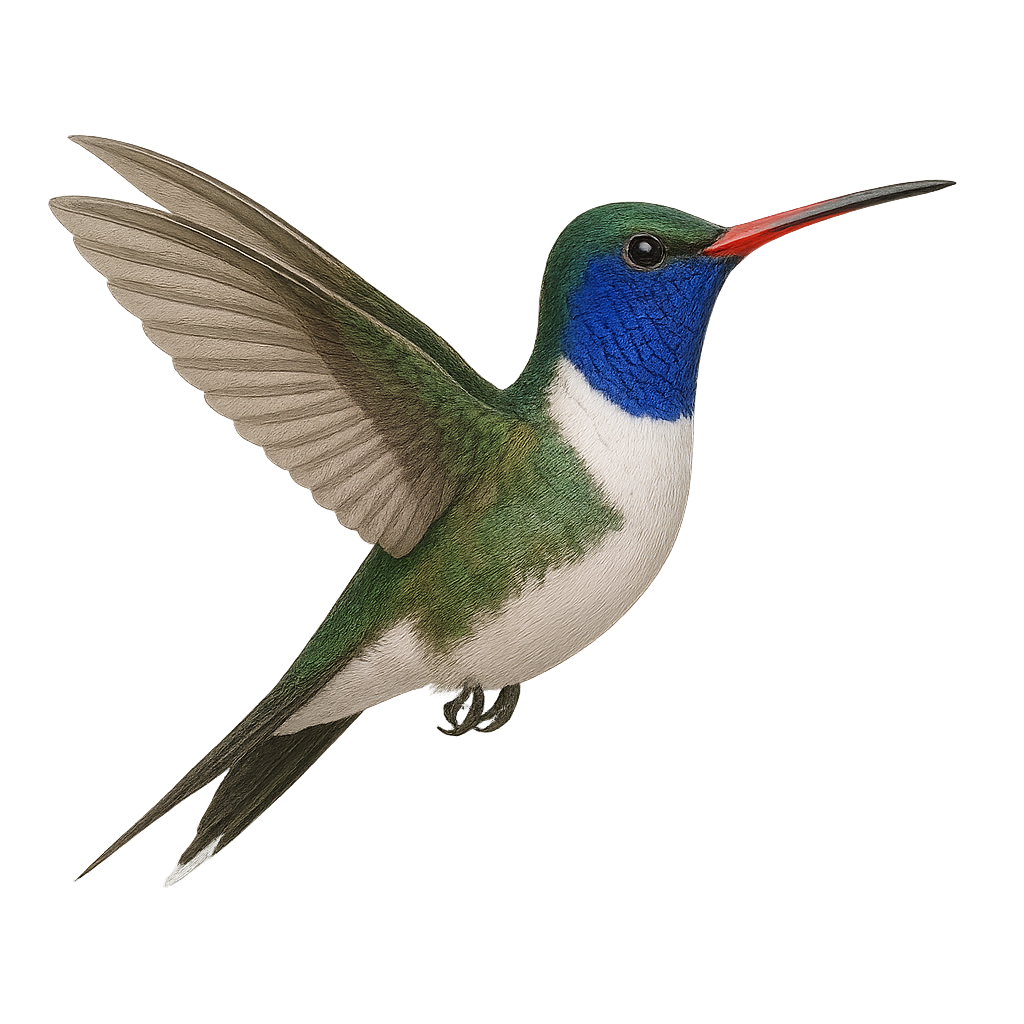Your wildlife photography guide.
Explore the sparkling-tailed hummingbird in detail, study its behavior, prepare your shots.
Where to observe and photograph the sparkling-tailed hummingbird in the wild
Learn where and when to spot the sparkling-tailed hummingbird in the wild, how to identify the species based on distinctive features, and what natural environments it inhabits. The WildlifePhotographer app offers tailored photography tips that reflect the sparkling-tailed hummingbird’s behavior, helping you capture better wildlife images. Explore the full species profile for key information including description, habitat, active periods, and approach techniques.
Sparkling-tailed Hummingbird
Scientific name: Tilmatura dupontii

IUCN Status: Least Concern
Family: TROCHILIDAE
Group: Birds
Sensitivity to human approach: Suspicious
Minimum approach distance: 5 m
Courtship display: March to April
Incubation: 16-18 jours
Hatchings: March to May
Habitat:
Tropical forests, subtropical forests, wooded areas
Activity period :
Mainly active at night, generally discreet during the day.
Identification and description:
The Sparkling-tailed Hummingbird, or Tilmatura dupontii, is a captivating bird belonging to the Trochilidae family. This small hummingbird is notable for its sparkling tail and vibrant colors, ranging from emerald green to deep blue. It is primarily found in the tropical and subtropical forests of Mexico and Central America. This hummingbird is an essential pollinator, feeding mainly on flower nectar, but it also consumes small insects to supplement its diet. Its fast and agile flight allows it to maneuver easily between flowers and escape predators. Although its conservation status is not of concern, deforestation and habitat loss pose potential threats to its population.
Recommended lens:
400 mm – adjust based on distance, desired framing (portrait or habitat), and approach conditions.
Photography tips:
To photograph the Sparkling-tailed Hummingbird, it is advisable to use a 400mm or longer lens to capture detailed images without disturbing the bird. Look for areas where flowers are abundant, as these hummingbirds are often attracted to nectar sources. Be patient and discreet, as these birds can be suspicious. Use a tripod to stabilize your camera and adjust the shutter speed to freeze the rapid movement of their wings. Natural morning or afternoon light is ideal for highlighting their vibrant colors.
The WildlifePhotographer App is coming soon!
Be the first to explore the best nature spots, track rutting seasons, log your observations, and observe more wildlife.
Already 1 430 wildlife lovers subscribed worldwide

